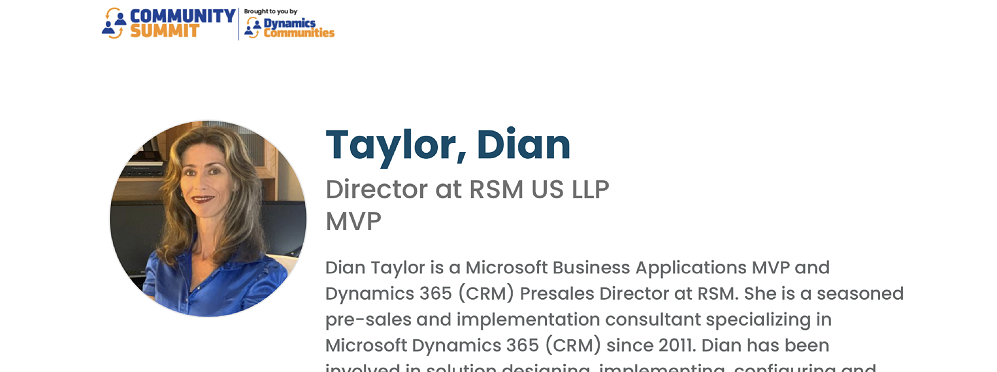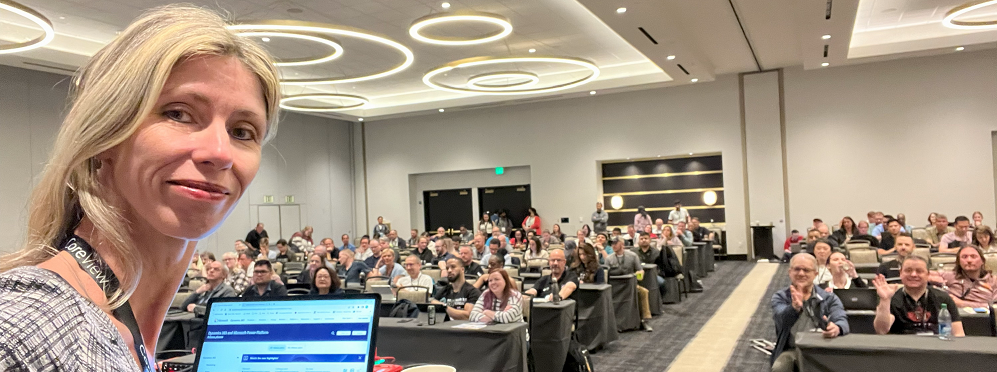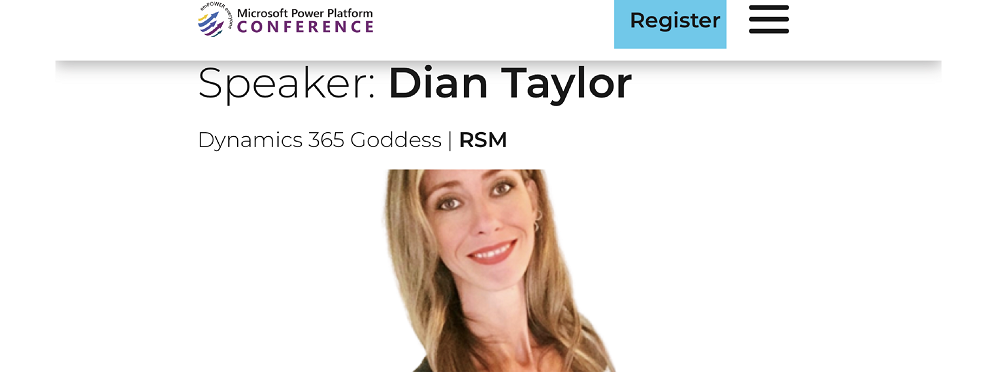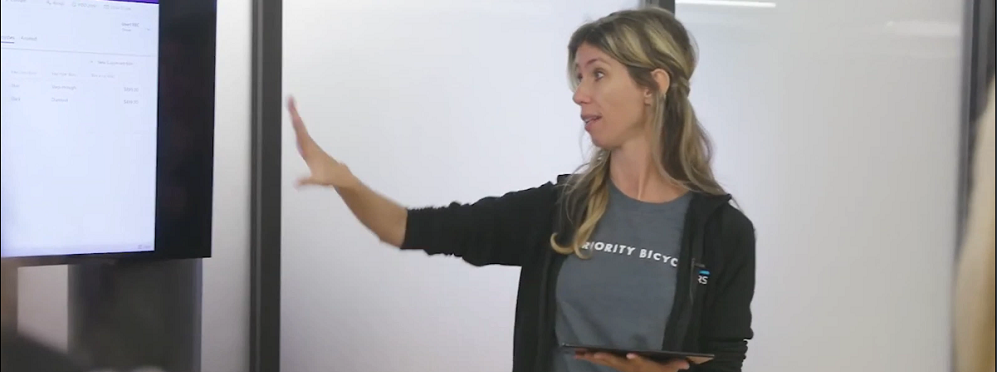A Deep Dive into the Case Management Agent (preview) in D365 Customer Service

Back in February, I wrote an article covering the new features that were expected to roll out as part of the 2025 Release Wave 1 for Dynamics 365 Customer Service and Contact Center. (If you haven’t had a chance to check it out yet, you can read the full article here.) In that article, I provided a high-level overview of the three new agents Microsoft announced: the Customer Knowledge Management Agent, the Customer Intent Agent, and the Case Management Agent. Each of these tools brings something new to the table in terms of automation and productivity, and they’re all designed to help customer service teams work smarter and resolve issues faster. Now that I’ve had a bit more time to explore these features in depth, I’m going to dig deeper into each agent. In this article I am focusing on the Case Management Agent. I’ll break down what it does, how it works, and what kind of impact it could have on your day-to-day operations. Whether you’re managing a support team or just keeping an eye on the latest innovations in the Dynamics 365 ecosystem, there’s a lot to get excited about here. Let’s dive into the details.
What does it do?
There are two parts to this, so let’s start with the most obvious thing it does. Imagine a customer service representative receiving a new chat conversation in Dynamics 365 Customer Service. From that moment, they’re juggling a lot, reading and understanding the customer’s messages, searching for the right solution, responding quickly and clearly, and at the same time, trying to document everything by manually creating a case and updating it as the conversation continues. That’s a lot to handle! Now add in the pressure of doing this with multiple chats coming in at once, each with its own unique issue and urgency. It’s not hard to see how overwhelming that can get! This is exactly where the Case Management Agent can make a real difference. It’s designed to take some of that pressure off by automatically generating a case based on the ongoing (live!) conversation between the customer service rep and the customer. No more scrambling to copy and paste details or switching between windows to create records on the fly.

The Case Management Agent picks up on key information during the chat and uses it to pre-populate a case, giving agents more time to focus on solving the customer’s issue. In my opinion this is going to be a gamechanger, especially for customer service teams handling high volumes of interactions every day. But it doesn’t stop there. The Case Management Agent can also be configured to update cases that were created using the ‘Automatic Record Creation and Update Rules’ in Dynamics 365 Customer Service. This means that when a customer sends an email to a configured support mailbox, the system automatically generates a case based on the automatic record creation rules. Once the case is created, the agent updates the case using the ongoing email interactions and keeps things moving. If you want to dig deeper into how this setup works, check out this article for a closer look.
Use customer follow-up and closure of cases
The second part of the Case Management Agent’s functionality is just as helpful as it can follow up with customers via email and even suggest to a rep when it might be time to close out a case. As we all know, customer service reps send out a ton of emails while working through cases. And let’s be honest, it’s not easy to keep track of which email was sent last, when it was sent, or whether the customer even replied. Add to that the pressure of remembering when to follow up if the customer doesn’t respond, and you’ve got a lot of potential for things falling through the cracks. Then there’s the question of closing a case. Maybe the customer replied to say the issue is resolved and the solution worked, but the rep doesn’t see that message until much later. In the meantime, the case stays open, and the system keeps counting time against it, which can affect metrics and SLA tracking. Not ideal. This is where the Case Management Agent steps in, yet again! If a customer hasn’t replied to an email after a certain amount of time, the agent can generate a follow-up message and present it as a suggested action for the rep. It’s a smart way to stay on top of communication without having to constantly monitor every single thread.
How does it work?
Keep in mind that this functionality is in (paid) preview) today so you can check it out, but there are some prerequisites and some configuration that will need to happen before you can start testing the Case Management Agent. Paid preview means that the agent will consume Copilot Messages each time it’s used. So first you’ll need to set up a billing model in your environment for these Microsoft Copilot Studio messages. Right now, there are two ways to go: prepaid capacity or pay-as-you-go. If you choose the prepaid option, you’re basically buying a bundle of message credits ahead of time through Copilot Studio’s licensing, kind of like stocking up so you know what you’re working with. On the other hand, if you’re looking for more flexibility, the pay-as-you-go model might be a better fit. With that setup, you’re only billed for the actual number of messages the agent uses each month, so you can scale up or down based on your needs.
Agent Configuration
Once the billing has been set up, an admin will need to configure the agent itself. NOTE: When I accessed the agent, I noticed that the Customer Admin Center has been renamed to Copilot Service admin center. To access the Case Management Agent configuration settings, navigate to Case Settings under the Customer Support area and click ‘Manage’ on the right side of the screen.

You’ll notice the two different settings I discussed above: The ‘Case creation and update with autonomous AI assistance (preview)’ setting and the ‘Autonomous case follow-up and resolution (preview)’ setting.
Configure Case creation and update with autonomous AI assistance (preview)
Let’s take a look at the ‘Case creation and update with autonomous AI assistance’ setting first. The first setting is the ‘Enablement by Channel’ section. This allows admins to select the channels the agent can use to update or create new cases, based on the interactions with a customer. There are currently two options available: chat and email. When the chat function is enabled, that means that each time a chat is accepted by a CSR, the agent can create a new case based on the chat the CSR is having with the customer, but only if there is enough information in the chat. The fields that are updated on the case are configured in the ‘Default list of fields for AI prediction‘ section which I will discuss in a moment. It’s important to understand that once the case is created and the fields are filled out, the agent will continue to monitor the chat. When the chat conversation ends, the agent will proactively update the case if needed.

NOTE I’ve also seen that the agent sometimes just loads an existing case instead of creating a new one. According to the documentation, when this happens the CSR can just manually disconnect it from the chat. The agent creates a new case when the conversation ends, IF no case was linked to the chat or if no new case was created yet.
The second option under the ‘Enablement by Channel‘ section is the email channel. You will need to have configured automatic record creation rules to be able to use this channel. This works a little differently from the chat channel, as the case will not be created by the agent, but by the record creation rules. The agent will use associated emails to update the case, but only if there is enough information in the email to do so. If there are any columns in the case that have been updated by a CSR, the agent WILL NOT override those.
You can configure which case columns that the agent should always try to fill out during case creation or case update for any channel. It’s important to note that any changes made to the list of columns here will reflect in any existing case update rules you have configured in the system. You’ll notice that you can only select columns for the case table, as this is the table that the agent updates.
When scrolling down, there is also a section called ‘Rules for case update with AI assistance (optional)‘. Here you can configure specific rules with conditions. You can also add additional case columns that you want the agent to update from an ongoing chat or incoming email, but you can’t remove any of the columns that were configured in the default list of fields for AI prediction. Admins can create multiple rules and they can configure the order of the rules. It’s important to understand that once a rule’s conditions are met, it is applied and no other rules are considered. Obviously, these rules are optional, not mandatory. If no rules are configured then just the selected columns selected under ‘Default list of fields for AI prediction’ will be updated.

Customer Service Rep Access
Before your CSR’s can start using the case management agent to generate cases, you will need to enable access in the agent experience profiles. When an agent profile is opened, you’ll notice the ‘Copilot AI features’ pane on the bottom of the page. This is where you can configure access levels to the case management agent. CSR’s can get added to the profile, and this is how access to the agent is granted.
Case Follow-Up and Closure (preview)
The second feature that can be configured as part of the Case Management Agent are the case follow-up and closure settings. Using the settings, admins can configure case follow-up and closure rules with follow-up specific actions. Multiple rules can be created, which allows for different follow-up configurations for each rule. For example, an admin could create a follow up rule for high priority cases, or cases related to a specific product, or even cases for specific customers.
When a new rule is created, a rule name and condition name needs to be entered. This makes it easier for admins to distinguish between the different rules. Here you can set the conditions based on case columns or columns from related tables.

In the example in the screenshot above, I configured a rule for active, high priority cases that were modified in the last 30 days. This means all of those cases will be considered for follow-up rules, however a case still needs to be triggered for follow-ups, which I will discuss below. When I scroll down, I can select the case columns the agent uses when drafting the follow up emails to the customer. Below that is the trigger I just mentioned, which is currently the ‘Status Reason’ column on the case. To be clear: A CSR has to change the status reason to what is configured here. As long as this status change is not made, the case will not be included in the agent’s follow-up activities. So, it really does work like a trigger. In my example I set the status reason trigger to ‘Researching’.
Below the ‘Follow up trigger’ settings’ are the ‘Number of follow-ups’. This refers to how often the agent should follow up. Admins can choose between 1-5 follow ups and they can also configure the wait time between follow ups (24, 48 72 or 96 hours)

In the example above you can see that I configured the agent to send 3 follow-ups to the customer every 24 hours. Scenario: A new case is created, and the CSR sends an email to the customer. Then the CSR changes the status reason to ‘Researching’. Based on the configuration rule above, the agent will only look at cases that are modified within the past 30 days, and that have a priority of ‘High’. Once the status reason is set to ‘Researching’ and if the customer hasn’t responded within 24 hours the agent will initiate the follow-up process by creating a draft email message. These draft emails which will be visible in the CSR’s list of draft messages, and on the case record the email message is related to. CSR’s will see a ‘Suggested Action’ (which is the email draft) below the timeline highlights.

CSR’s can review the email from here and send it to the customer. If after 24 hours the customer doesn’t respond to the email, the agent will draft yet another email message for the CRS to send to the customer. If no response is received after the final follow up, the agent will suggest closing the case.
Enable Agent Power Automate Flows
For the Case Follow-Up and Closure functionality to work properly, you will have to manually enable all the related Power Automate flows. You can do this by navigating to make.powerautomate.com and enable the three power automate flows. They are called CSCaseClosure Agent Flow, CSCaseFollowup Agent flow, and CSCaseClosure Representative Flow. You can find these flows by navigating to make.powerapps.com and opening the default solution. Then search for each flow by the names shown above. When I tried to do this, I noticed that I wasn’t able to enable all of the flows, the error message shown when I opened the CSCaseClosure Agent Flow was: ‘Unable to start flow due to connection references missing connections.‘ I also saw a red exclamation point next to the connection references, signaling something was wrong. In order to fix this, you’ll need to first get the name of the connection references, which you can do by hovering your mouse over each of them. Write them down or leave the browser open as you’ll need them later.
Open another browser and go to make.powerautomate.com and navigate to ‘Solutions’. Open the default solution and search for the Connection References table. When the table opens, search for the connection reference record by entering the name (which you copied earlier) it in the search window. Click on the three dots on the right side of the connection name and click ‘Edit’.

This will open the edit window for the connection reference. Here you can link the connection reference to an existing connection, or you can create and link it to a new connection. Don’t forget to click the ‘Save’ button on the bottom of the screen. When you navigate back to the flow and refresh the page you should now see a green checkmark next to the connection reference you just updated. Go through the same steps until all connection references have a green checkmark, after this you will be able to enable the flow. I hope you enjoyed this article! Be sure to check in again next week for a new article or subscribe here to never miss another post!











